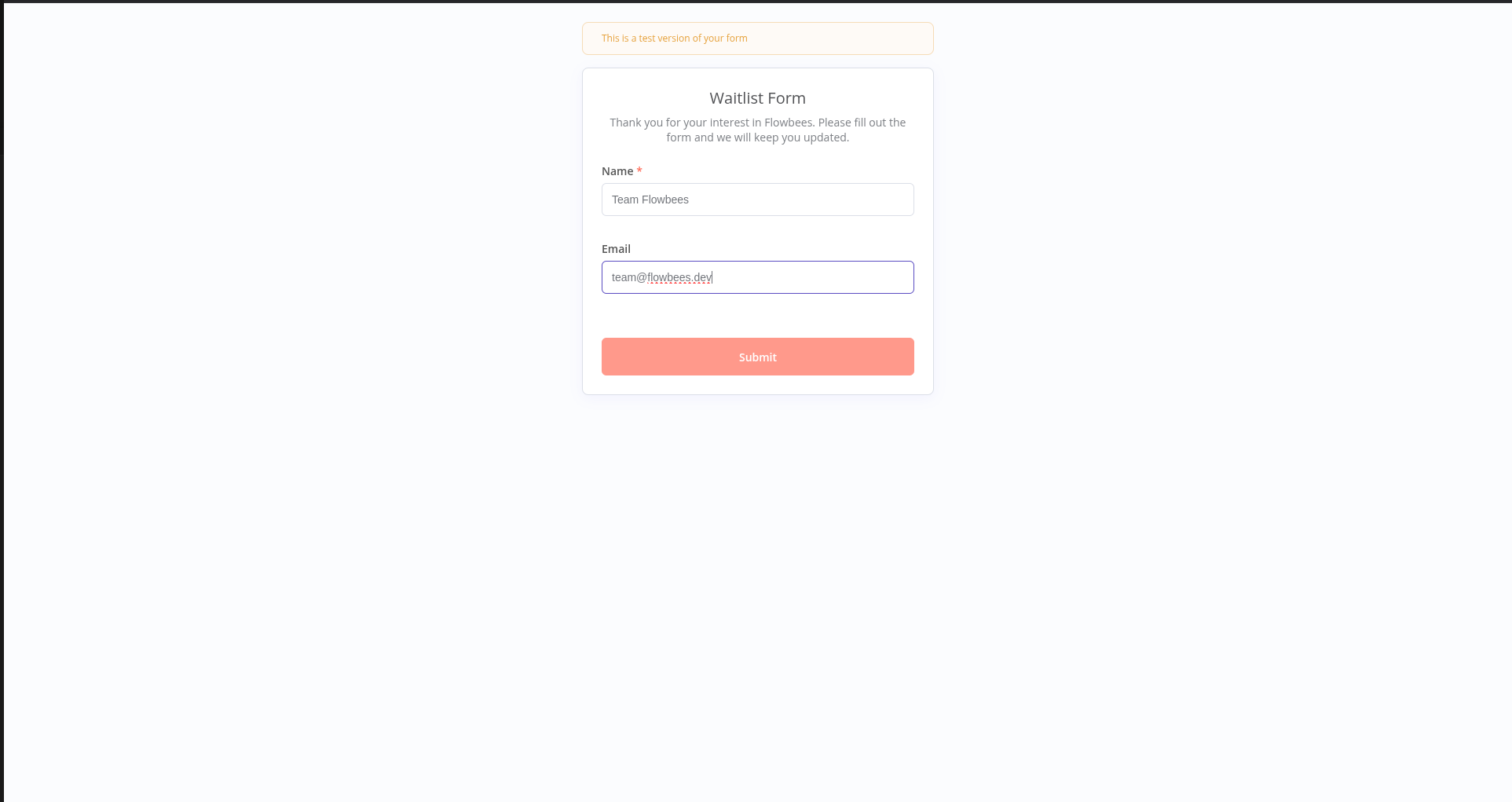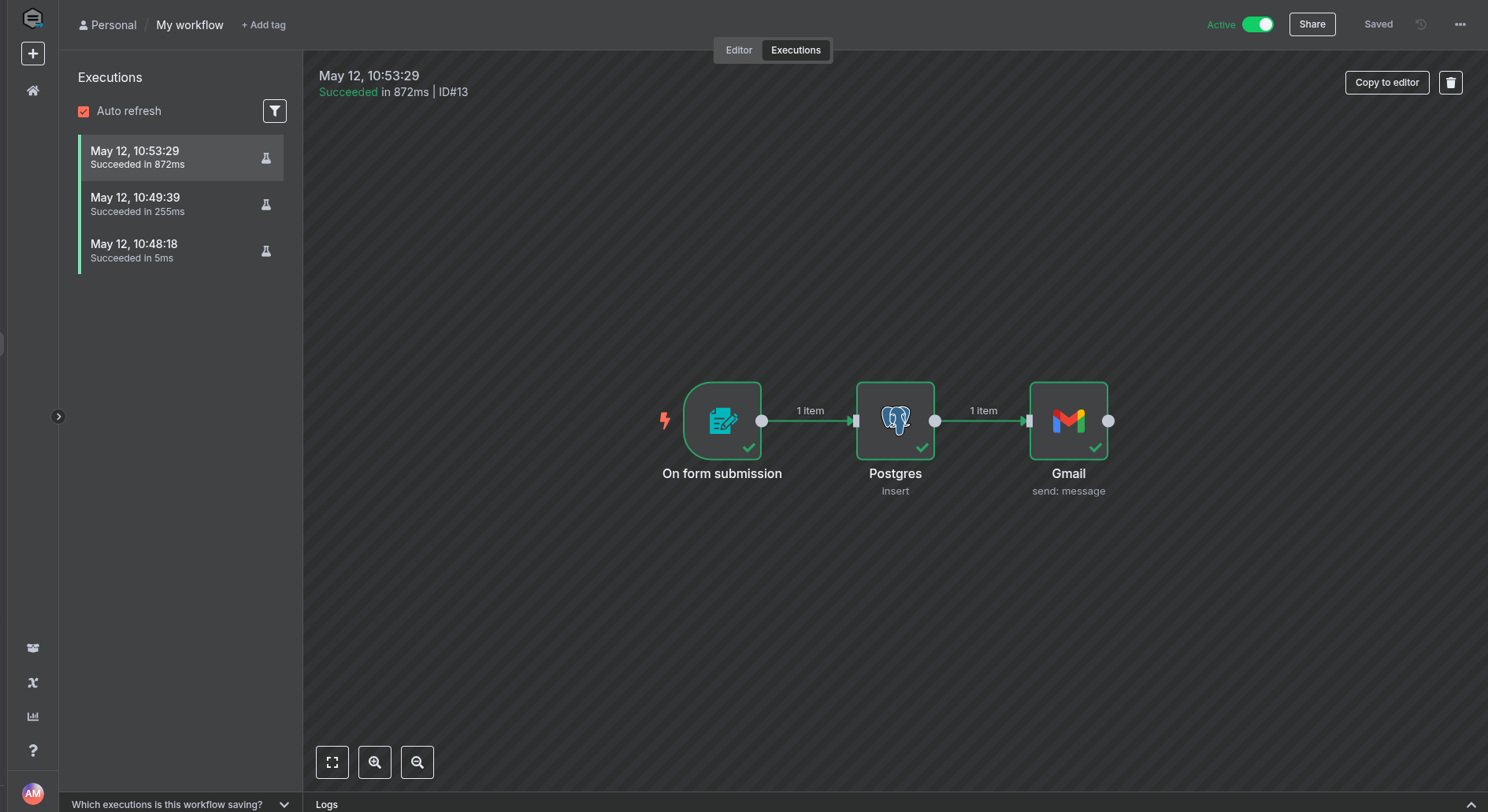🐝 Coming Soon! Flowbees is currently in development. Join our waitlist to get early access.
How Flowbees Works
Build powerful backend services in minutes with our intuitive flow builder.
Use Flowbees as an MCP Server
Flowbees can act as a powerful MCP server, enabling you to design and execute workflows with ease. Leverage its modular architecture to handle message routing, processing, and integration with external systems.
Building your first flow
Follow these simple steps to create and deploy your first flow.
Choose bees
Browse the hive for pre-built bees or create your own. Each bee represents a specific functionality such as authentication, data processing, API integration and more.


Configure bees
Set up each bee with the required parameters and options to match your backend logic and integration needs.
Connect bees to create flow
Select new bees and connect them to define the flow of data and actions in your backend service.


Test the flow
Run your flow in a safe environment to ensure everything works as expected before going live.
Deploy
Deploy your flow to the cloud with a single click and instantly receive endpoints for integration.


See executions
Monitor your flow's executions, view logs, and analyze performance to ensure reliability.
What are bees?
Bees are modular, reusable components that perform specific functions in your backend. Each bee has inputs, outputs, and configurable parameters.
- Data Bees: Connect to databases, perform CRUD operations, and transform data.
- Logic Bees: Implement business logic, validations, and conditional operations.
- Integration Bees: Connect to third-party APIs and services.
- Custom Bees: Create your own bees with custom functionality.
What are flows?
Flows are visual representations of your backend logic. They consist of connected bees that process data and perform actions in a specific sequence.
- API Flows: Create REST API endpoints for your frontend applications.
- Webhook Flows: Process incoming webhook events from third-party services.
- Scheduled Flows: Run tasks on a schedule, like data processing or notifications.
- Event-Driven Flows: Respond to events in your system or from external sources.
Ready to build your backend in minutes?
Join our waitlist to get early access when Flowbees launches.